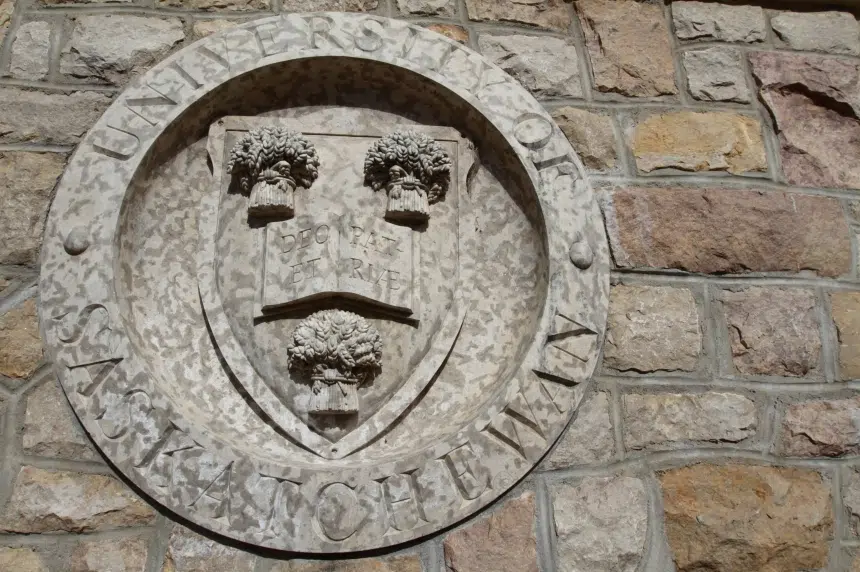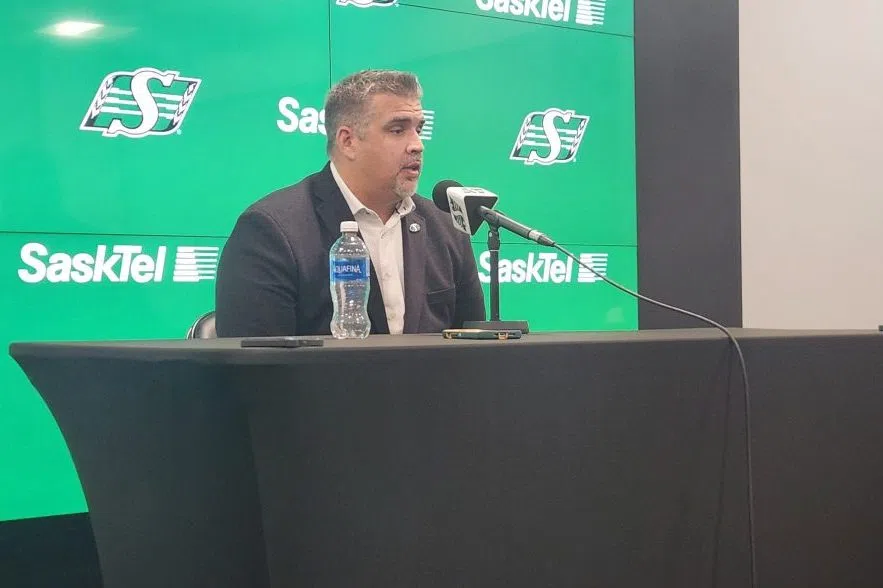Note: Some of the details in this story may be disturbing for some readers
A University of Saskatchewan archaeology assistant professor was shocked to learn about a mass grave with the remains of 215 children at a residential school in Kamloops, but he believes there will be more revealed in the coming years.
Terence Clark and his student teams have worked at some of Saskatchewan’s residential school sites at the request of several First Nations, including the last standing residential school on the Muskowekwan First Nation. He believes there are thousands of children buried in unmarked graves across Canada.
“It’s not 215 children. It’s at least 4,118 currently and it’s probably closer to 6,000 and above,” he said.
For now, work has been paused while Crown-Indigenous Relations and Northern Affairs Canada (CIRNAC) figures out a national strategy for locating all of the missing children from the Indian Residential School (IRS) era.
Clark has also had talks with Federation of Sovereign Indigenous Nations leadership.
“It looks like they will be taking control of the research at the Saskatchewan schools, but the money from CIRNAC will be available fairly quickly,” he explained.
Some professional firms may be hired to do some work as well. In Saskatchewan, there are 15 school sites that need to be surveyed.
In many cases, Clark said there’s a huge difference between what official school records show and what is actually found on a site.
“Record-keeping is not great,” he said. “I expect every school that we go to, there will be more and more and more.”
There are several techniques Clark’s team uses to find the unmarked graves, including using ground-penetrating radar and magnetometry.
The radar unit is the size of a bread machine and is placed in a carriage or put on wheels. It fires radar into the soil and measures the time in nanoseconds of how long it takes to come back to the machine.
“If the soil is soft, it’s much slower. If it’s hard (or) if (the beam) hits a rock, then it comes back much more quickly. If the field has not been plowed and it’s all even, then we can see a grave shaft which has been dug, and that area is much softer than the soil around it. We can see the disturbance and the definitive shape of where a person was buried,” he explained.
There are also other indicators to let researchers know if what’s in the ground may be a child.
“We find that adults, especially in cemetery contexts, tend to be buried in a coffin, six feet deep with standard orientation,” Clark said. “Children are often smaller and not as deep. With the residential schools, for many of these, there was no central cemetery plan. They were often kind of buried ad hoc.
“There’s often no consistent orientation or depth. And so we’re basically looking for that telltale shape that’s 30 centimetres to two metres down, about the size of a person, usually oval in shape.”
Clark added the team needs an archaeological permit to even to do the radar survey. In terms of unearthing any grave sites, that’s not up to his teams.
“That has to be a choice of the survivor communities. I think for the most part, communities are interested in knowing where the children are so they can be protected from any future disturbance,” he explained.
He said it will be several years before all of the children buried in unmarked graves will be found.
“There’s 149 other schools and the surveys are going to be coming for those and in every one there’s going to be lots of sadness and heartbreak and trauma,” Clark said. “I don’t want us to get desensitized to that. I think that we need to understand the scope of the problem.”







